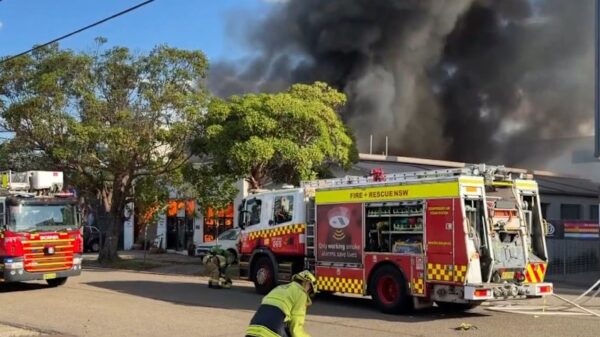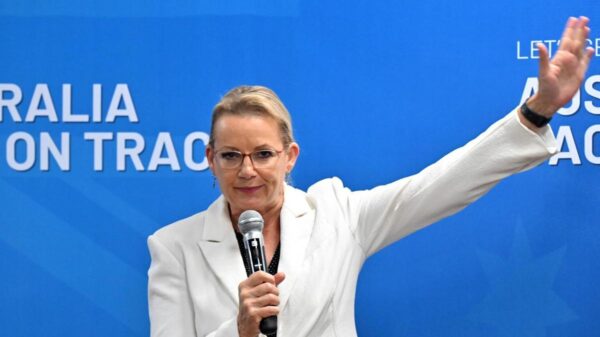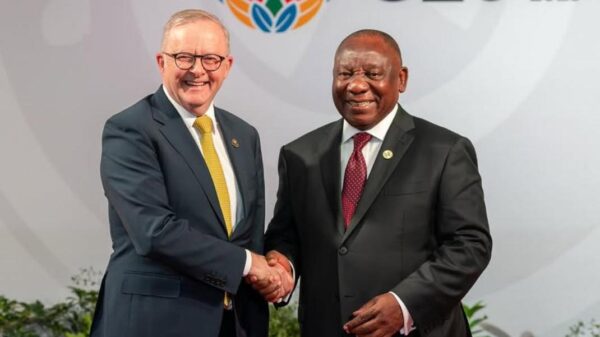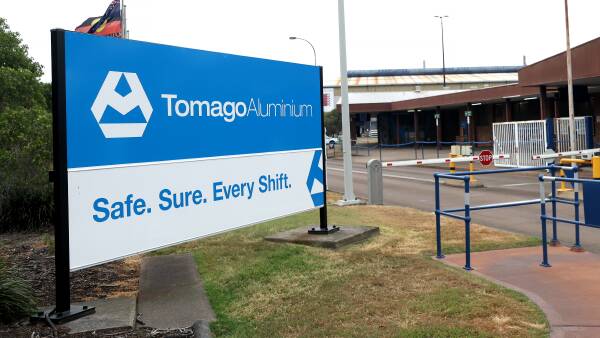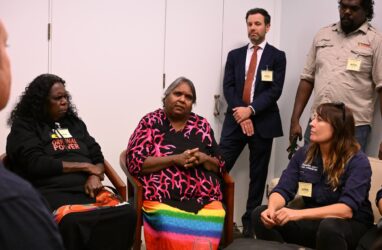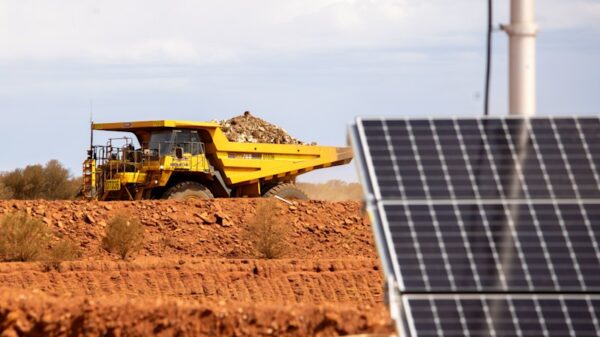The future of Tomago Aluminium could be determined within the week as critical negotiations between the smelter and the federal government reach a pivotal stage. These discussions aim to establish a sustainable power supply agreement ahead of the expiration of the current contract in 2028. Energy costs account for a substantial 40 percent of the facility’s operational expenses, making a new agreement essential for its continued viability.
Tomago Aluminium, which is primarily owned by Rio Tinto, has emphasized the need for a solution that guarantees medium to long-term stability rather than a short-term contract lasting just three to four years. The company is also tasked with addressing the economic feasibility of a new power supply while managing the ongoing maintenance demands of its 40-year-old plant.
In light of these challenges, Tomago Aluminium initiated a four-week staff consultation process last month, acknowledging the possibility of closure if a sustainable power supply contract is not secured. Should the plant shut down, it would mark the largest industrial closure in the region since the BHP steelworks ceased operations in 1999, impacting approximately 1,500 direct jobs and an estimated 2,500 to 3,000 indirect jobs.
As the consultation period concluded on Friday, there remains cautious optimism for a breakthrough in the negotiations. While a deal has yet to be finalized, sources indicate that an agreement could emerge soon, potentially involving a supply arrangement with Snowy Hydro, a government-owned entity.
Potential Supply Agreement and Public Support
The envisioned deal may take the form of a scheme financial vehicle (SFV), which would allow the government to directly contract for clean energy through power purchase agreements. This arrangement would enable Snowy Hydro to resell the power to Tomago Aluminium at a stable price. The proposal has garnered backing from key industry groups and unions.
A recent poll involving 4,711 Australians, including 1,952 residing in renewable energy zones, revealed significant support for government investment aimed at helping manufacturers like Tomago Aluminium access cheaper renewable energy. A notable 68 percent of respondents from renewable energy zones in New South Wales, Queensland, and Victoria, as well as 71 percent nationally, agreed that such investment was necessary. In the Hunter region, support was particularly strong, with 72 percent of participants endorsing the initiative.
Additionally, 65 percent of those polled in the Hunter expressed the belief that Australia’s economy would benefit from a greater emphasis on scaling up renewable-powered exports, including critical minerals and green metals produced using clean energy.
Former Chief Executive of the Clean Energy Finance Corporation, Oliver Yates, highlighted the potential advantages of SFVs, stating that they could facilitate lower-cost financing and streamline the construction of required renewable energy infrastructure. Yates noted, “The government effectively writes the long-term contracts for renewable energy and storage, allowing these projects to be built more easily. This lowers the financing costs, enabling the government to offer lower rates, which can then be passed on to Tomago.”
As negotiations continue, the outcome remains uncertain, but the stakes are high for both Tomago Aluminium and the broader community that relies on its operations. The next few days could prove crucial in shaping the future of this significant industrial facility.




